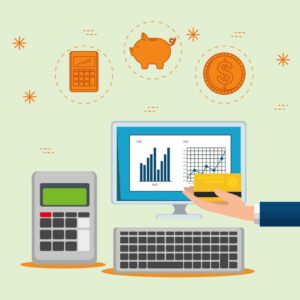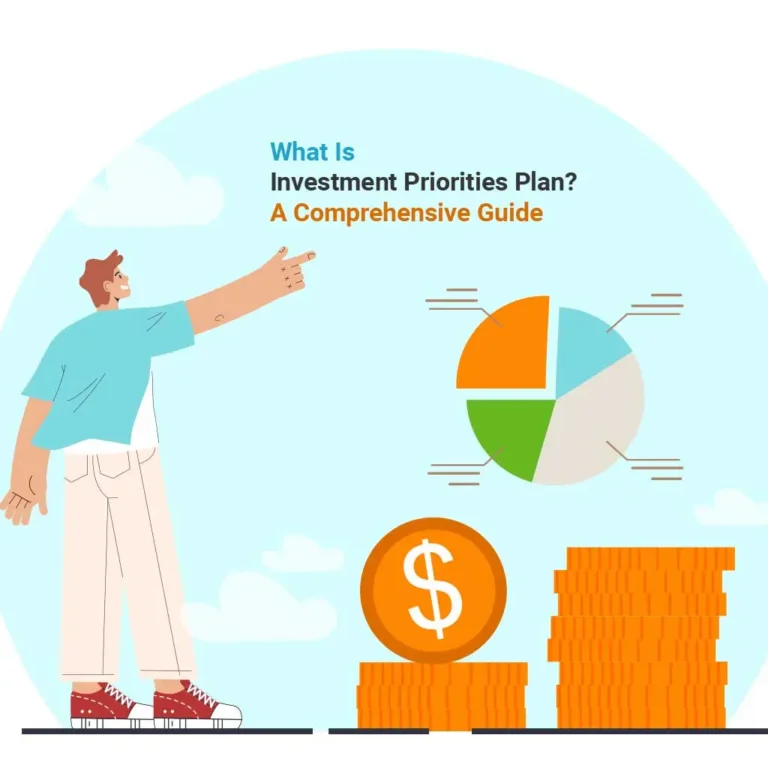The most recent Quarterly Report on Household Debt and Credit reveals a staggering increase in student loan debt, which soared to $1.6 trillion in the third quarter of 2023. This monumental figure not only underscores the relevance of understanding the nature of student loans but also highlights the critical need for clarity and insight in navigating them.
Navigating the world of student loans can be a complex and daunting task. A critical aspect that often perplexes borrowers is understanding the nature of these loans: Are student loans secured or unsecured? This article delves into this query, aiming to shed light on the characteristics and implications of each type.

Understanding Secured Loans
Secured loans are a type of financial agreement where the borrower pledges an asset as collateral for the loan. This collateral is a safeguard for the lender; if the borrower fails to repay the loan, the lender has the right to seize the asset to recover the funds.
The most common examples of secured loans are mortgages and auto loans. The house is collateral in a mortgage; in an auto loan, it’s the vehicle. This security for the lender often results in lower interest rates for the borrower than unsecured loans, as the risk of loss for the lender is significantly reduced.
The concept of secured loans extends beyond these typical examples. Other assets such as savings accounts, stocks, bonds, or personal property can also be used as collateral. The key characteristic of a secured loan is the lender’s ability to claim the pledged asset in case of default. This aspect of secured loans makes them more accessible to individuals who might not have a strong credit history but possess valuable assets.
However, it also means borrowers must be cautious and fully aware of the implications. Defaulting on a secured loan not only affects one’s credit score but also results in the loss of the asset, which can be a significant setback, especially in cases where the asset is a home or primary vehicle.
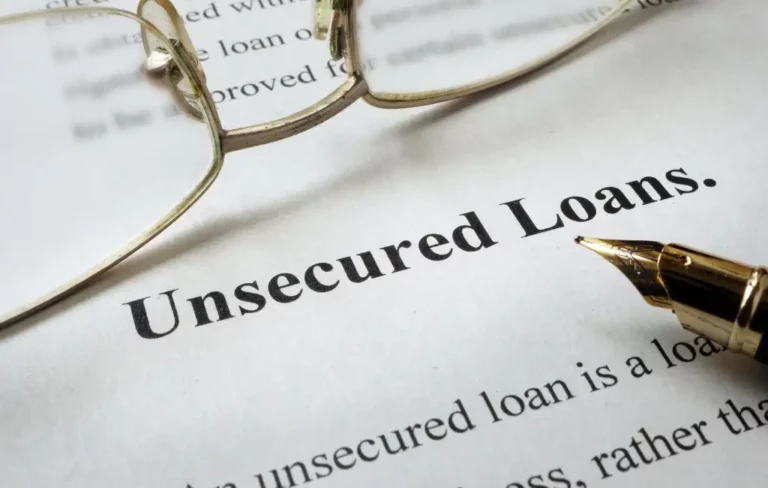
Understanding Unsecured Loans
Unsecured loans stand in contrast to secured loans, as they do not require the borrower to pledge any collateral. This type of loan is granted primarily based on the borrower’s creditworthiness and promise to repay. Since there’s no collateral for the lender to claim in case of default, unsecured loans are seen as riskier for lenders. This increased risk often results in higher interest rates for borrowers than secured loans. Examples of unsecured loans include personal loans, student loans, and most credit cards.
One of the key advantages of unsecured loans is their accessibility to individuals who may not have significant assets to offer as collateral but have a good credit history. They are useful for expenses like consolidating high-interest debt, paying for medical emergencies, or funding education. However, because these loans are solely based on creditworthiness, the terms, including interest rates and limits, can vary greatly based on the borrower’s credit score and income.
The lack of collateral doesn’t mean there are no consequences for defaulting on an unsecured loan. Failure to repay can lead to severe credit damage and legal action. Lenders may report defaults to credit bureaus, leading to a significant drop in credit score and difficulty obtaining future credit. In extreme cases, lenders might pursue legal action to garnish wages or bank accounts. Therefore, while unsecured loans offer convenience and accessibility, they require careful financial planning and reliability on the borrower’s part to avoid long-term financial repercussions.
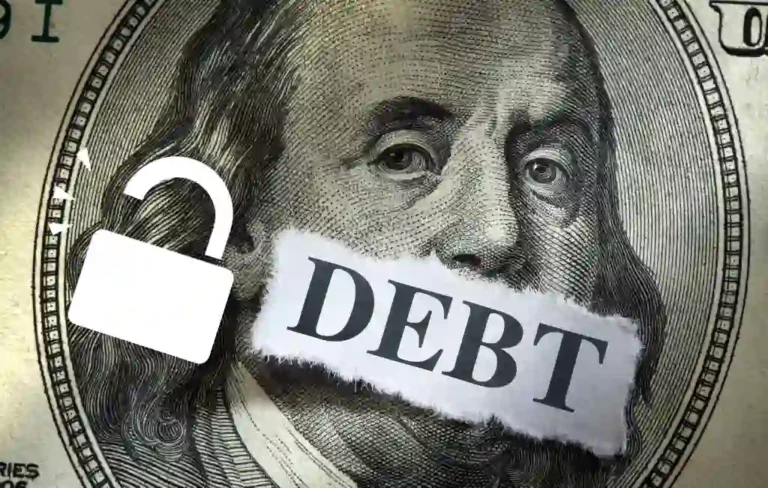
Student Loans: A Closer Look at Unsecured Debt
Student loans are predominantly categorized as unsecured debt, distinguishing them from other forms of borrowing like mortgages or auto loans. This classification is primarily because student loans are extended based on the borrower’s potential future income and creditworthiness rather than their current financial assets.
Unlike secured loans, where a physical asset can be repossessed, the ‘asset’ in student loans is the borrower’s future earning potential, which naturally cannot be seized in the event of default. This intrinsic nature of student loans reflects a fundamental investment in human capital, with the understanding that education can enhance one’s future earnings and career prospects.
The unsecured nature of student loans also means they usually carry different terms and conditions compared to secured debts. For one, interest rates might be higher to offset the lender’s risk, but they are often fixed and regulated, especially in the case of federal student loans. Moreover, student loans typically offer more flexible repayment options, including income-driven repayment plans, deferment, and forbearance, accommodating the fluctuating financial situations of graduates entering the workforce.
However, it’s important to note that while student loans are unsecured, they are notoriously difficult to discharge in bankruptcy, unlike other unsecured debts like credit card debt. This aspect underscores the long-term commitment involved in taking out student loans. Defaulting these loans can severely affect a borrower’s credit score and financial stability. Therefore, while student loans are essential for accessing higher education, they require careful consideration and planning, given their significant and lasting financial implications.
Why Most Student Loans are Classified as Unsecured Debt
The classification of most student loans as unsecured debt is rooted in the inherent nature of what they finance – education. Education is an intangible asset, unlike a car or a house; it cannot be repossessed or liquidated to recover the loan amount in case of default. This fundamental difference sets student loans apart from typical secured debts, where tangible assets serve as collateral. Since there’s no physical asset to secure the loan, lenders rely on the borrower’s future earning potential and creditworthiness aligns with the principle of unsecured lending.
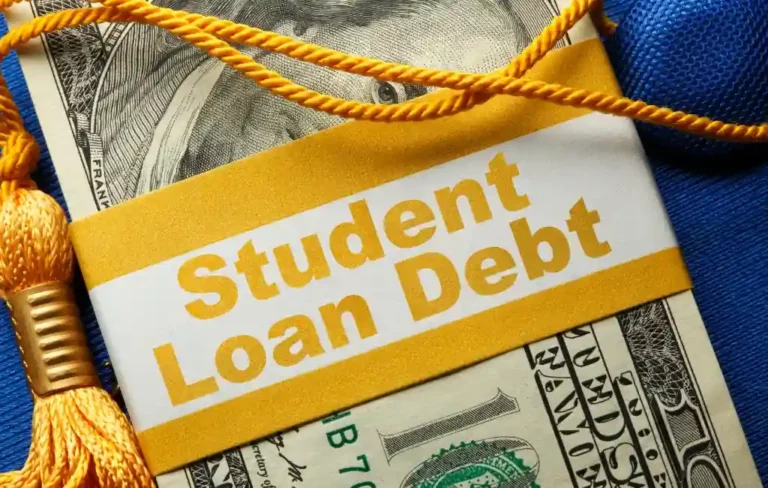
The Benefits and Drawbacks of Student Loans as Unsecured Debt
While these loans are crucial in facilitating access to higher education, they have benefits and drawbacks.
Benefits of Student Loans as Unsecured Debt
1. Accessibility to Education
One of the most significant advantages of unsecured student loans is their accessibility. They enable individuals from diverse financial backgrounds to pursue higher education. Without collateral, more students can obtain the funds necessary for their education, irrespective of their current financial status.
2. No Risk of Losing Physical Assets
Since unsecured loans don’t require collateral, borrowers don’t face the risk of losing a valuable asset like a house or car in case of default. This aspect can offer peace of mind to students who might not have substantial assets or want to avoid risking them.
3. Flexible Repayment Options
Student loans often come with flexible repayment models, including income-driven repayment options. These plans can adjust EMIs according to the borrower’s income, making it more manageable to keep up with payments, especially in the early stages of one’s career.
Drawbacks of Student Loans as Unsecured Debt
1. Higher Interest Rates
To offset the risk of not having collateral, unsecured student loans often come with higher interest rates than secured loans. Over time, this can significantly increase the total debt a student accrues.
2. Impact on Credit Score
Defaulting on a student loan can severely damage one’s credit score. Since these loans are unsecured, lenders are particularly vigilant about repayments, and any delinquency can lead to negative credit reporting.
3. Non-Dischargeable in Bankruptcy
Unlike other types of unsecured debt, such as credit card debt, student loans are typically difficult to discharge in bankruptcy. This means that in most cases, borrowers are stuck with their student loan debt until it is fully repaid, regardless of their financial situation.
4. Potential for Long-Term Debt Burden
The combination of higher interest rates and the large loan amounts often necessary for education can lead to a substantial debt burden that lasts for many years, potentially impacting a borrower’s financial decisions well into their future.
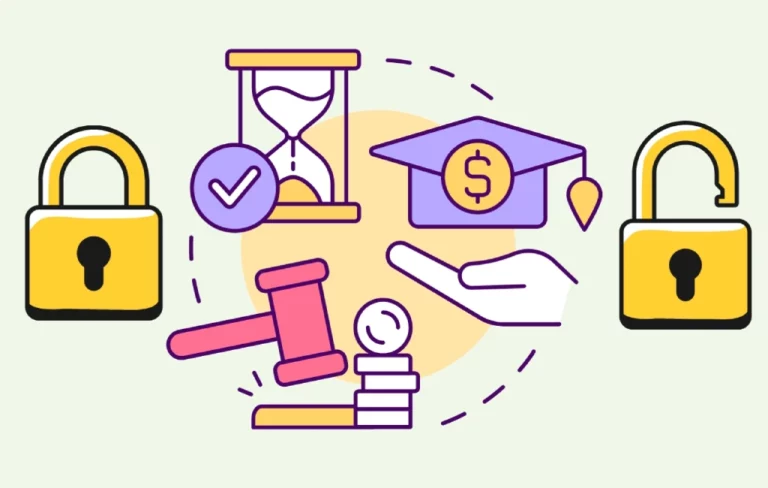
Comparison of Student Loans with Other Forms of Unsecured Debt
When comparing student loans to other forms of unsecured debt, such as credit cards or personal loans, several key differences become apparent, each with its own set of implications for borrowers.
- Interest Rates and Terms: Student loans often have lower interest rates than unsecured debts like credit cards. This is partly due to their educational purpose and the government’s role in regulating and subsidizing these loans, especially federal student loans. Furthermore, the repayment terms for student loans are typically more extended, offering borrowers more time to repay their debt.
- Repayment Flexibility: Student loans usually offer more flexible repayment options, including grace periods after graduation, income-driven repayment plans, and possibilities for deferment or forbearance. These options are rarely available with credit cards or personal loans, where payments are expected regularly and immediately after the loan is taken out.
- Impact on Credit Scores: While all forms of unsecured debt can impact credit scores, student loans offer a unique advantage. They can help build a credit history over time if payments are made consistently. In contrast, credit card debt, especially if it accumulates, can quickly harm one’s credit score due to high utilization rates and the potential for more rapid accrual of interest.
- Dischargeability in Bankruptcy: A significant difference is the dischargeability of these debts in bankruptcy. Credit card debt and most other unsecured loans can typically be discharged in bankruptcy, offering relief in dire financial situations. However, discharging student loans in bankruptcy is notoriously difficult, requiring proof of undue hardship, which is a high bar to meet.
- Purpose and Long-term Value: The purpose of the debt also differs significantly. Student loans invest in one’s future earning potential and career development. In contrast, credit card debt often finances immediate consumption or short-term needs without contributing to long-term financial growth.
Is It Possible to Convert Student Loans to Secured Loans?
Converting a student loan to a secured loan is not common and may not be feasible in most scenarios. The nature of student loans does not lend itself easily to collateral-based restructuring.
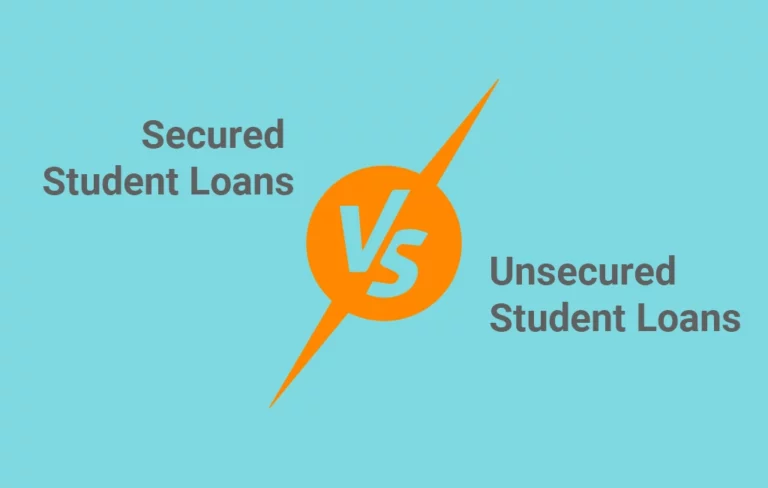
Choosing Between Secured vs. Unsecured Student Loans
When it comes to financing education, students primarily encounter unsecured loans, particularly in the form of federal and private student loans. These loans do not require collateral and are based on the borrower’s creditworthiness and potential future earnings. However, the notion of secured student loans is relatively uncommon and typically not a part of standard educational financing.
For most students, the decision is less about choosing between secured and unsecured student loans and more about evaluating the terms of different unsecured student loan options. Factors to consider include interest rates, repayment terms, potential for loan forgiveness, and flexibility in repayment options. Federal student loans, for example, often offer more favorable terms, such as fixed interest rates and income-driven repayment plans, compared to private student loans.

Strategies for Paying Off Student Loans (Secured and Unsecured)
While secured student loans are relatively rare and typically involve some form of collateral, unsecured loans are more common and based on the borrower’s creditworthiness. Effective managing and paying off student loan debt requires a strategic approach regardless of the type.
Understand Your Loans
The first step in managing student loan repayment is understanding your loans fully. This includes knowing the type (federal or private, secured or unsecured), the interest rates, repayment terms, and any benefits or penalties associated with your loans. For secured loans, be aware of the terms regarding the collateral.
Budget Wisely
Create a budget that prioritizes your student loan payments. This might mean cutting back on discretionary spending to ensure you can make your loan payments on time. Remember, late payments can lead to additional fees and negatively impact your credit score, especially with unsecured loans.
Consider Consolidation or Refinancing
For those with multiple student loans, consolidation can simplify repayment by combining several loans into one. Refinancing might be a viable option if you have a strong credit score. This involves taking a new loan, usually at a lower interest rate, to repay existing student loans.
Explore Repayment Options
Federal student loans offer various repayment plans, including income-driven ones, which can be especially helpful for those with a lower income. These plans adjust your monthly payments based on income and your family size. Private lenders may have less flexibility, but discussing options with them is worth discussing.
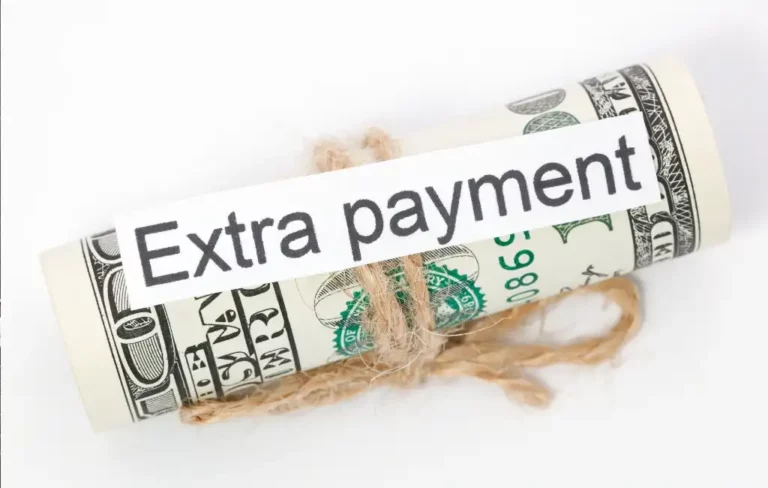
Make Extra Payments
If possible, make more than the minimum monthly payment. Extra payments can significantly reduce the principal balance, thereby reducing the amount of interest accrued over the life of the loan. Even small additional amounts can make a big difference over time.
Use Windfalls Wisely
Consider using any financial windfalls, such as tax refunds, bonuses, or inheritances, to make lump-sum payments on your student loans. This can substantially reduce your loan balance and shorten the repayment period.
Stay Informed and Communicate with Your Lender
Always stay informed about any changes to federal student loan policies or private lender terms that could affect your repayment. Additionally, if you’re facing financial difficulties, communicate with your lender immediately. They may offer temporary forbearance or deferment options, especially for unsecured loans.
Consider Loan Forgiveness Programs
For federal student loans, look into various loan forgiveness programs, such as Public Service Loan Forgiveness (PSLF) for those working in public service jobs. These programs can forgive the remaining balance on your student loans after a certain number of qualifying payments.
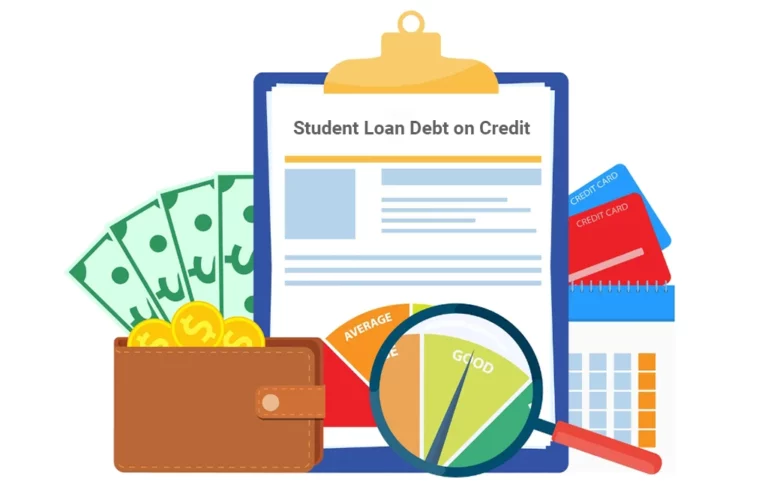
The Impact of Student Loan Debt on Credit
Student loan debt can significantly impact an individual’s credit score, affecting their ability to secure future loans, credit cards, and sometimes even employment. Initially, taking out a student loan can actually help build credit. It diversifies the types of credit in an individual’s profile, and regular, on-time payments contribute positively to payment history, the most crucial factor in credit scoring models.
However, the impact of student loans on credit is not always positive. High balances can affect the debt-to-income ratio, potentially making qualifying for other types of credit more challenging. Late or missed payments can negatively impact credit scores, and this effect is more pronounced with student loans due to their typically large balance and long repayment period. Defaulting on student loans can lead to even more severe credit damage and can remain on a credit report for seven years.
Moreover, for graduates with significant student loan debt, the ability to save for other financial goals, like buying a house or investing, can be hindered, indirectly affecting their credit and financial health. Therefore, managing student loans responsibly is crucial for maintaining a healthy credit score and overall financial stability.
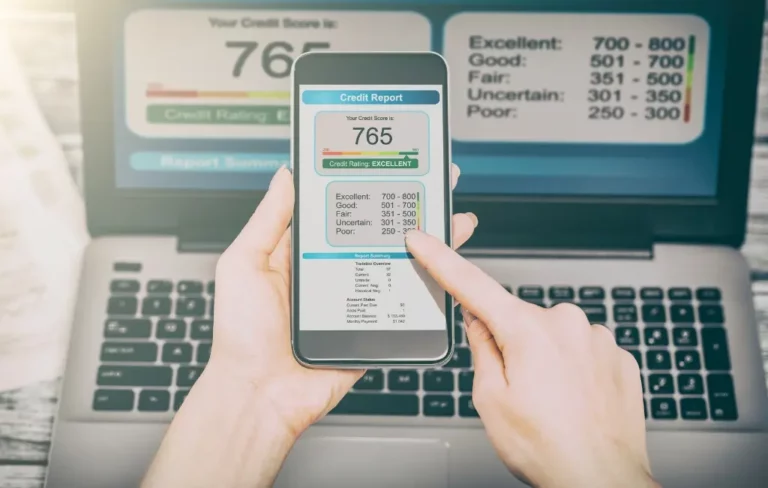
Monitoring Credit Reports While Holding Student Loan Debt
For individuals with student loan debt, regularly monitoring credit reports is essential for maintaining financial health. Student loans, a significant part of one’s credit history, can greatly influence credit scores. Timely payments on these loans can positively impact your credit score, showcasing financial responsibility to potential lenders.
Conversely, late charges or defaults can significantly damage your credit standing. Regular monitoring helps identify any inaccuracies or misreported information related to student loan payments, which can occasionally occur. Promptly addressing these errors with the credit bureaus is crucial to ensure that your credit report accurately represents your financial behavior.
Moreover, monitoring credit reports allows individuals to understand the broader impact of student loans on their financial portfolio. It offers insights into how effectively they manage their debt and helps assess their overall creditworthiness. This is especially important when applying for additional credit, like mortgages or car loans, where a strong credit report is a key determinant.
Frequently Asked Questions
Are student loans considered secure?
No, student loans are generally not considered secure. They are typically classified as unsecured debt because they do not require collateral.
Is a federal student loan unsecured?
Yes, a federal student loan is considered unsecured debt. It does not require any collateral and is granted based on the borrower’s future income potential.
What type of debt is a student loan considered?
Student loans are considered a type of unsecured debt. This means they are given without requiring any collateral from the borrower.
Is there collateral on student loans?
No, there is typically no collateral required for student loans. This lack of collateral is a defining feature of student loans as unsecured debt.
Final Words
Student loans are predominantly unsecured debts, given their lack of collateral and the nature of educational financing. This classification has both benefits and drawbacks, significantly impacting borrowers’ financial lives. Understanding these nuances is crucial for anyone navigating the complexities of student loans.
Unlock the mysteries of student loan financing with EduCounting. Armed with the insight and expertise from EduCounting, you can navigate the complex question: Are student loans secured or unsecured?
Whether taking your first steps into student loans or seeking deeper knowledge, EduCounting is your trusted partner, guiding you toward financial clarity and success. Join us on this enlightening journey and take control of your financial future today.




